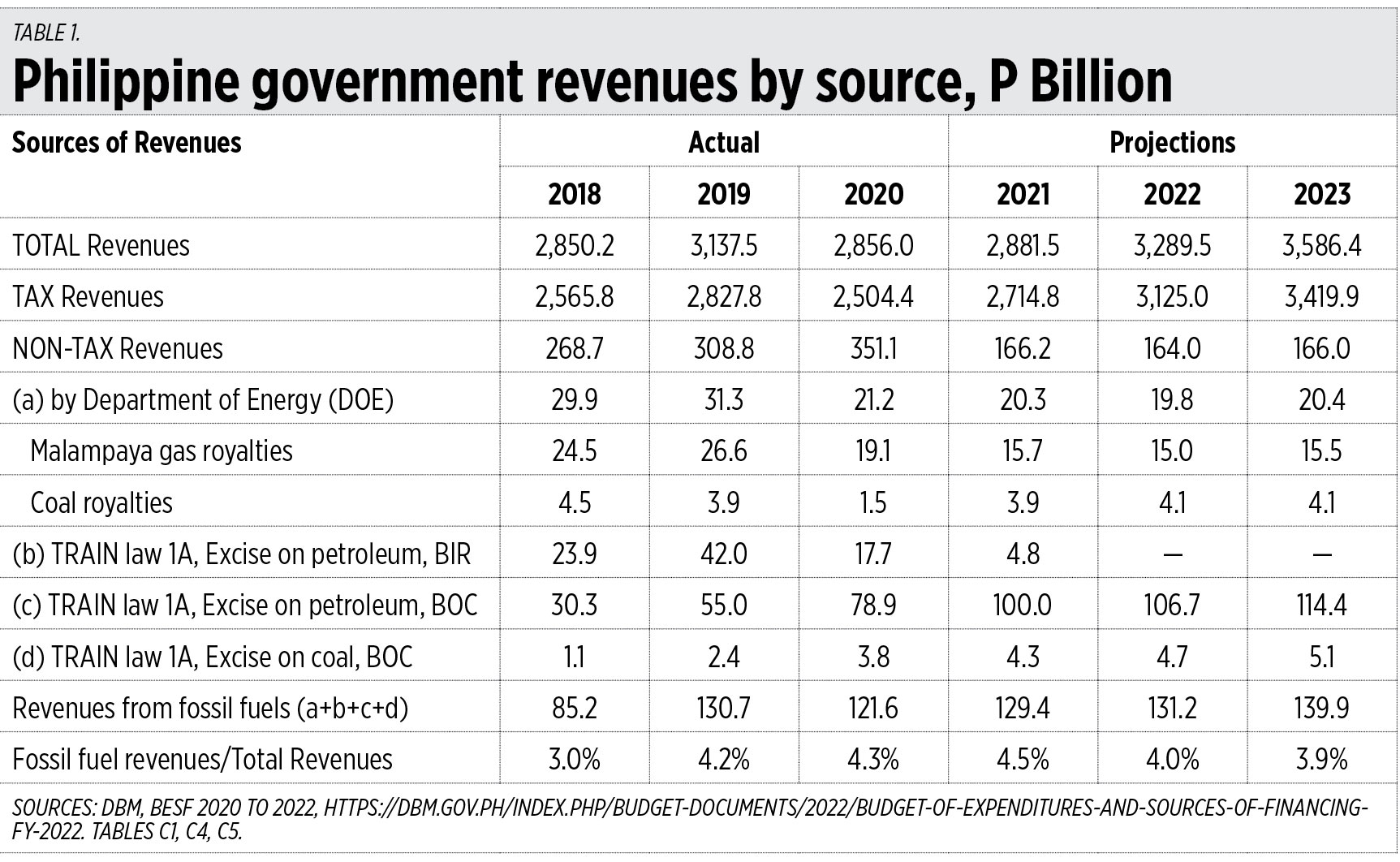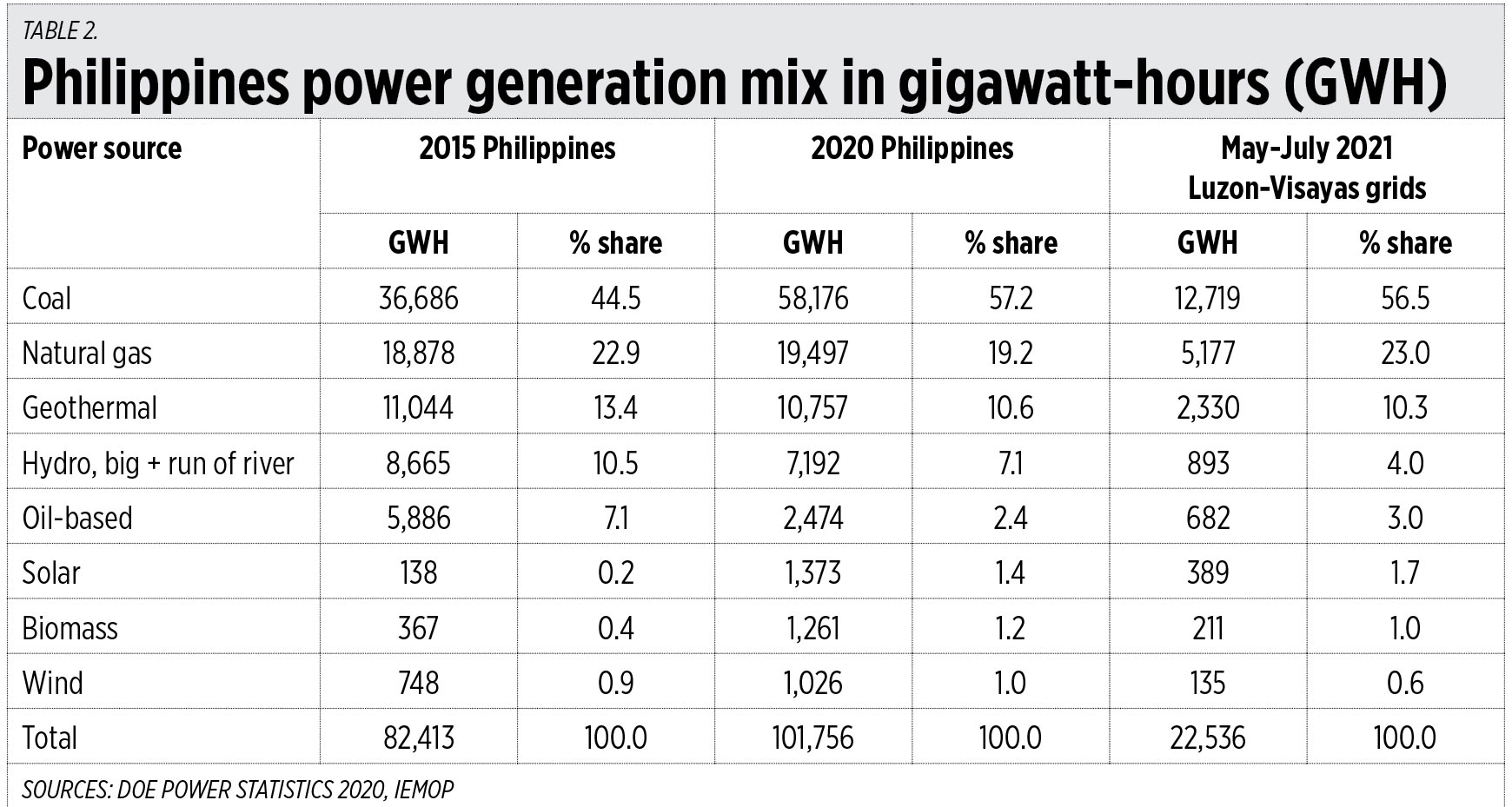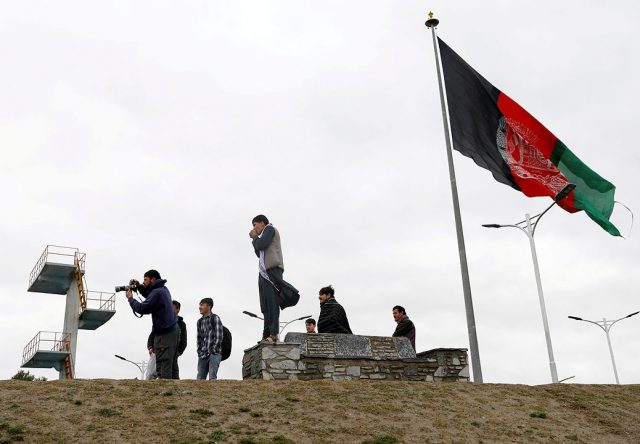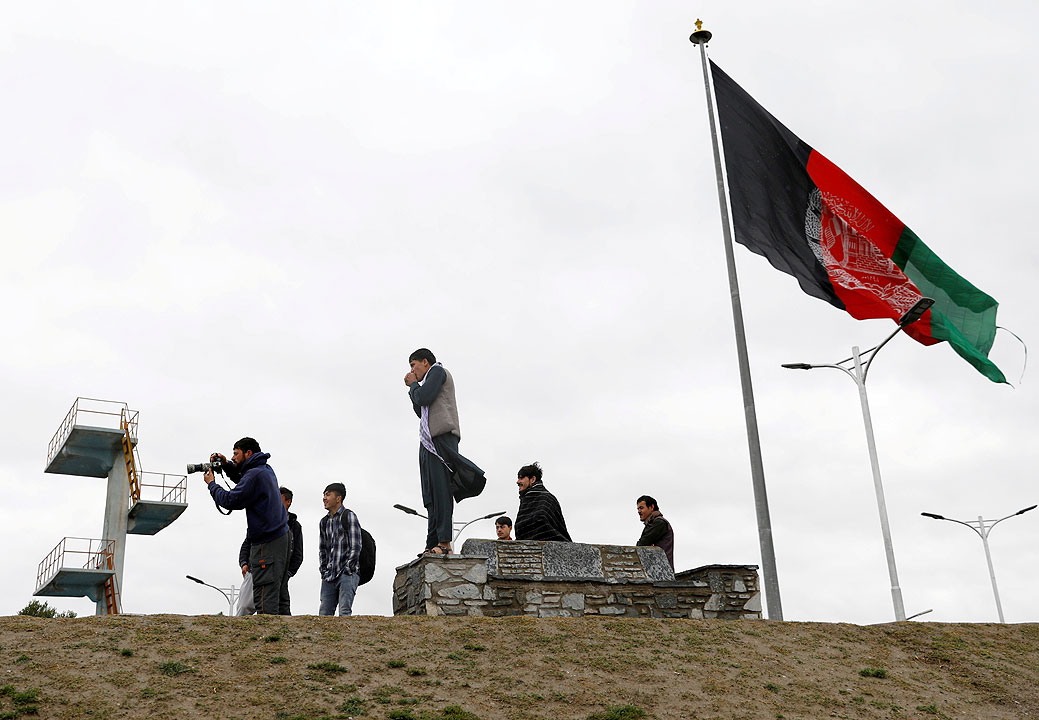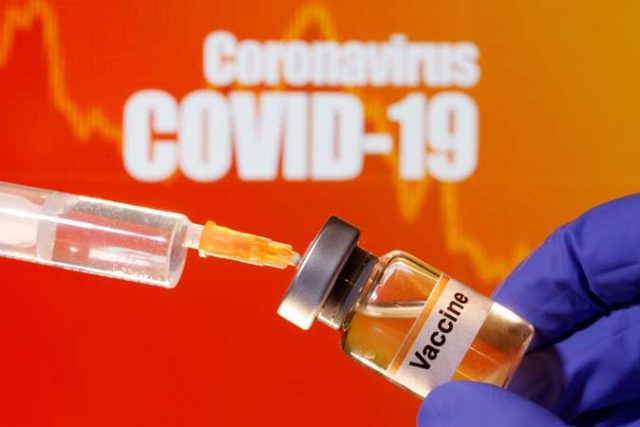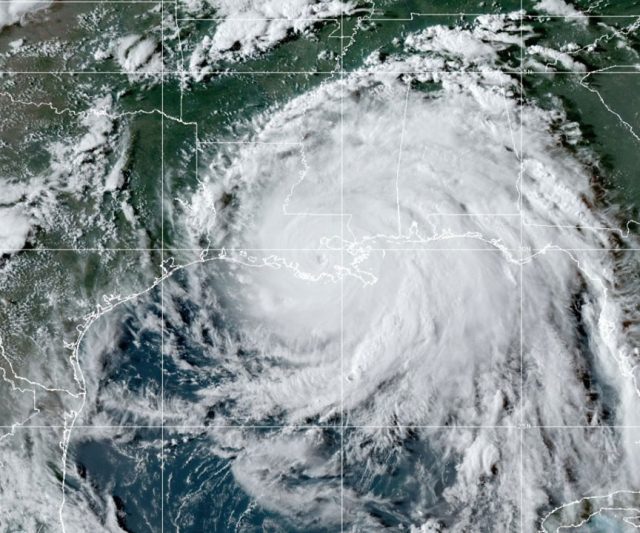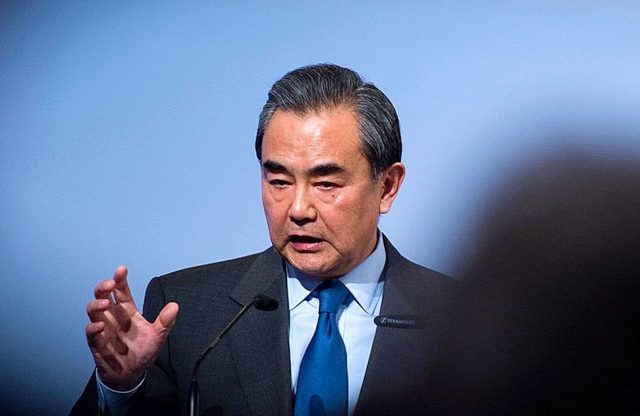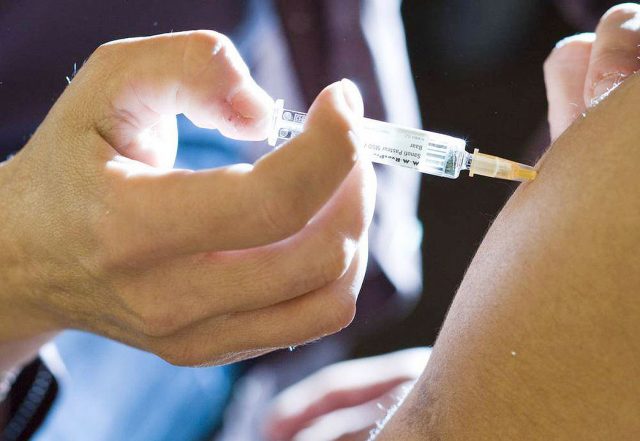(Second of two parts)
The Court in Professional Services, Inc. overruled the old theory that professionals are considered personally liable for the fault or negligence they commit in the discharge of their duties, and their employer cannot be held liable for such fault or negligence, or more specifically that “a hospital cannot be held liable for the fault or negligence of a physician or surgeon in the treatment or operation of patients,” holding that: “However, the efficacy of the foregoing doctrine has weakened with the significant developments in medical care. Courts came to realize that modern hospitals are increasingly taking active role in supplying and regulating medical care to patients. No longer were a hospital’s functions limited to furnishing room, food, facilities for treatment and operation, and attendants for its patients. … noting that modern hospitals actually do far more than provide facilities for treatment.
“Rather, they regularly employ, on a salaried basis, a large staff of physicians, interns, nurses, administrative and manual workers. They charge patients for medical care and treatment, even collecting for such services through legal action, if necessary. The courts then concluded that there is no reason to exempt hospitals from the universal rule of respondeat superior.” The Court added that “In our shores, the nature of the relationship between the hospital and the physicians is rendered inconsequential in view of our categorical pronouncement in Ramos v. Court of Appeals that for purposes of apportioning responsibility in medical negligence cases, an employer-employee relationship in effect exists between hospitals and their attending and visiting physicians.”
Professional Services, Inc. reiterated the application of the doctrine of apparent authority to make the hospital liable for the negligence of visiting physicians and quoted approvingly the ruling of the trial court, thus: “… regardless of the education and status in life of the patient, he ought not be burdened with the defense of absence of employer-employee relationship between the hospital and the independent physician whose name and competence are certainly to the general public by the hospital’s act of listing him and his specialty in its lobby directory, as in the case herein. The high costs of today’s medical and health care should at least exact on the hospital greater, if not broader, legal responsibility for the conduct of treatment and surgery within its facility by its accredited physician or surgeon, regardless of whether he is independent or employed.”
The Court held that “The wisdom of the foregoing ratiocination [of the trial court] is easy to discern. Corporate entities, like PSI, are capable of acting only through other individuals, such as physicians. If these accredited physicians do their job well, the hospital succeeds in its mission of offering quality medical services and thus profits financially. Logically, where negligence mars to the quality of its services, the hospital should not be allowed to escape liability for the acts of its ostensible agents.”
More significantly, Professional Services evolved separately a new corporate doctrine of responsibility which it termed as “the doctrine of corporate negligence or corporate responsibility,” which provided a legal platform of direct liability of the corporation based on the corporate set-up of a hospital, clearly apart from the doctrine of apparent authority, as explained in this manner:
“Recent years have seen the doctrine of corporate negligence as the judicial answer to the problem of allocating hospital’s liability for the negligent acts of health practitioners, absent facts to support the application of respondeat superior or apparent authority. Its formulation proceeds from the judiciary’s acknowledgment that in these modern times, the duty of providing quality medical service is no longer the sole prerogative and responsibility of the physician. The modern hospitals have changed structure. Hospitals now tend to organize a highly professional medical staff whose competence and performance need to be monitored by the hospitals commensurate with their inherent responsibility to provide quality medical care.”
The doctrine has its genesis in Darling v. Charleston Community Hospital. There, the Supreme Court of Illinois held that “the jury could have found a hospital negligent, inter alia, in failing to have a sufficient number of trained nurses attending the patient; failing to require a consultation with or examination by members of the hospital staff; and failing to review the treatment rendered to the patient.” On the basis of Darling, other jurisdictions held that a hospital’s corporate negligence extends to permitting a physician known to be incompetent to practice at the hospital.
With the passage of time, more duties were expected from hospitals, among them: 1.) the use of reasonable care in the maintenance of safe and adequate facilities and equipment; 2.) the selection and retention of competent physicians; 3.) the overseeing or supervision of all persons who practice medicine within its walls; and, 4.) the formulation, adoption and enforcement of adequate rules and policies that ensure quality care for its patients. Thus, in Tucson Medical Center, Inc. v. Misevich, it was held that a hospital, following the doctrine of corporate responsibility, has the duty to see that it meets the standards of responsibilities for the care of patients. Such duty includes the proper supervision of the members of its medical staff. And in Bost v. Riley, the court concluded that a patient who enters a hospital does so with the reasonable expectation that it will attempt to cure him. The hospital accordingly has the duty to make a reasonable effort to monitor and oversee the treatment prescribed and administered by the physicians practicing in its premises.
Upon discussing the doctrine of corporate responsibility, the Court held “In the present case, it was duly established that PSI operates the Medical City Hospital for the purpose and under the concept of providing comprehensive medical services to the public. Accordingly, it has the duty to exercise reasonable care to protect from harm all patients admitted into its facility for medical treatment. Unfortunately, PSI failed to perform such duty. The findings of the trial court are convincing not only did PSI breach its duties to oversee or supervise all persons who practice medicine within it walls, it also failed to take an active step in fixing the negligence committed.”
The “doctrine of corporate negligence or corporate responsibility” as it began to be evolved in Professional Services provides that every corporation which undertakes to operate a business enterprise which is of the kind and nature that it invites the public to cater to its services, is bound to ensure that those who avail of its services are duly protected and that the corporation has a duty to exercise reasonable care to protect the availing public from harm when he uses its facilities, including the obligation to oversee and supervise all persons who operate such facilities, as well as the obligation to take an active step in remedying the negligence committed within its premises. The doctrine therefore essentially embraces the stakeholder theory.
On determining whether the hospital could be held solidarily liable with the attending physician for the latter’s malpractice, the Court in Professional Services, Inc. held: “Anent the corollary issue of whether PSI is solidarily liable with Dr. Ampil for damages, let it be emphasized that PSI, apart from a general denial of its responsibility, failed to adduce evidence showing that it exercised the diligence of a good father or a family in the accreditation and supervision of the latter. In neglecting to offer such proof, PSI failed to discharge its burden under the last paragraph of Article 2180 cited earlier, and, therefore, must be adjudged solidarily liable with Dr. Ampil. Moreover, as we have discussed, PSI is also directly liable to the Aganas.”
The implication of this particular ruling in Professional Services is that once negligence is shown to have been committed by a physician or an employee within the premises of the hospital, then automatically, the presumption comes into play that the corporation operating the hospital was negligent in accrediting and supervising such a physician or employee, and the burden of proof is on the part of the corporation to prove that it has discharged such duty.
In an unprecedented move, the Supreme Court granted to hear en banc a second motion for reconsideration of PSI, and allowed the intervention of Manila Medical Services, Inc., Asian Hospital, Inc., and the Private Hospital Association of the Philippines, on the ground that “the assailed decision and resolution will jeopardize the financial viability of private hospitals and jack up the cost of health care.” In granting the hearing of the second motion for reconsideration en banc the Court held: “Due to the paramount public interest, the Court en banc accepted the referral and heard the parties on oral arguments on one particular issue: whether a hospital may be held liable for negligence of physicians-consultants allowed to practice in its premises.”
In the 2010 resolution, the Supreme Court held that “After gathering its thoughts on the issues, this Court holds that PSI is liable to the Aganas, not under the principle of respondeat superior for lack of evidence of an employment relationship with Dr. Ampil but under the principle of ostensible agency for the negligence of Dr. Ampil and, pro hac vice, under the principle of corporate negligence for its failure to perform its duties as a hospital.” The Court explained its position in the following manner: “While in theory a hospital as a juridical entity cannot practice medicine, in reality it utilizes doctors, surgeons and medical practitioners in the conduct of its business of facilitating medical and surgical treatment. Within that reality, three legal relationships crisscross: 1.) between the hospital and the doctor practicing within its premises; 2.) between the hospital and the patient being treated or examined within its premises[;] and 3.) between the patient and the doctor. The exact nature of each relationship determines the basis and extent of the liability of the hospital for the negligence of the doctor.”
The Court therefore formally recognized in the 2010 resolution in Professional Services that there exists a “legal relationship” between the hospital and the patient that avails of its facilities, even though the direct professional relationship is really with the attending physician. It explained the two-fold legal obligations of the hospital with the patient thus: “Where an employment relationship exists, the hospital may be held vicariously liable under Article 2176 in relation to Article 2180 of the Civil Code or the principle of respondeat superior. Even when no employment relationship exists but it is shown that the hospital holds out to the patient that the doctor is its agent, the hospital may still be vicariously liable under Article 2176 in relation to Article 1431 and Article 1869 of the Civil Code or the principle of apparent authority. Moreover, regardless of its relationship with the doctor, the hospital may be held liable directly to the patient for its own negligence or failure to follow established standard of conduct to which it should conform as a corporation.”
In the latter portion of the resolution, the Court expounded on this doctrine as follows: “It should be borne in mind that the corporate negligence ascribed to PSI is different from the medical negligence attributed to Dr. Ampil. The duties of the hospital are distinct from those of the doctor-consultant practicing within its premises in relation to the patient; hence, the failure of PSI to fulfill its duties as a hospital corporation gave rise to a direct liability to the Aganas distinct from that of Dr. Ampil.”
In other words, under the Supreme Court’s 2010 en banc resolution, corporations which undertake business enterprises or public facilities that cater and open their facilities to the public inherently owe a certain duty of care and diligence to members of the public who avail of their services or facilities. Although the resolution held that “All this notwithstanding, we make it clear that PSI’s hospital liability based on ostensible agency and corporate negligence applies only to this case, pro hac vice. It is not intended to set a precedent and should not serve as a basis to hold hospitals liable for every form of negligence of their doctors-consultants under any and all circumstances. The ruling is unique to this case, for the liability of PSI arose from an implied agency with Dr. Ampil and an admitted corporate duty to Natividad [Agana],” nonetheless, Professional Services has indeed established a precedent, although each similar case in the future would always be decided on the basis of the proven facts.
The future of Stakeholder Theory, and the basis for establishing corporate liability for stakeholders based on corporate enterprise is well underway. To paraphrase the opening statement of the Supreme Court held in its 2008 resolution in Professional Services we hold that “As the corporate world changes, so must the laws and jurisprudence governing corporate liability.”
This article reflects the personal opinion of the author and does not reflect the official stand of the Management Association of the Philippines or the MAP.
Attorney Cesar L. Villanueva is Chair of the MAP Corporate Governance Committee, is a Trustee of the Institute of Corporate Directors (ICD), was the first Chair of Governance Commission for GOCCs (2011 to 2016), was Dean of the Ateneo Law School (2004 to 2011), and is a Founding Partner of the Villanueva Gabionza & Dy Law Offices.
map@map.org.ph
cvillanueva@vgslaw.com
http://map.org.ph





